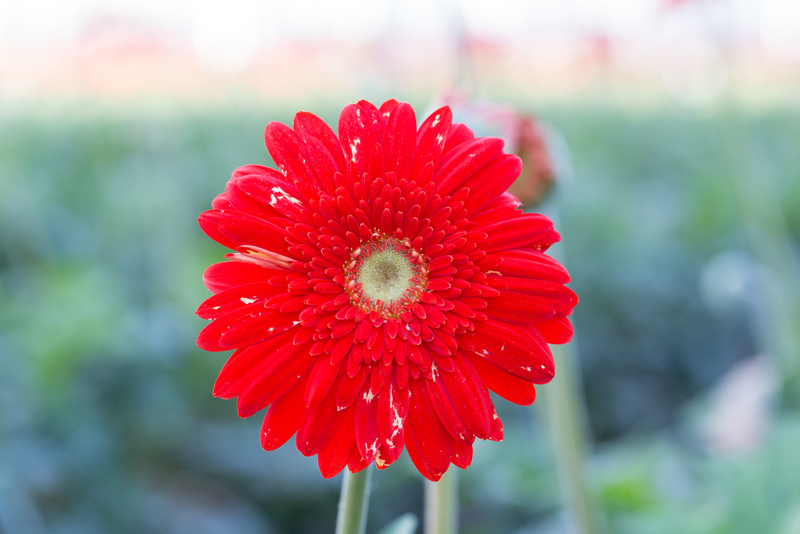 Western Flower Thrips Frankliniella occidentalis damage on a gerbera flower
Western Flower Thrips Frankliniella occidentalis damage on a gerbera flower
In the top ten of infestations that lead to sleepless nights, thrips is near the top. Western flower thrips, in particular, occasionally drives growers to despair.
Thrips is a minute, slender insect, and there are various species. These days, the western flower thrips causes the most problems. It pricks cells on the surface of leaves and flowers and sucks them dry. This causes silver-grey spots on the leaves, which are very characteristic of thrips. Brown dots can often be seen on flowers.
The thrips' strongest strategy is to hibernate in the soil or substrate, meaning they can strike very early in the spring. Quick response to early outbreaks and doing all you can to prevent thrips from hibernating are the keys to success!
Some growers only get thrips under control with the use of a lot of chemicals. Others rely entirely on the use of various natural enemies – particularly predatory mites and bugs – supported by non-chemical products. It's not yet completely clear why such large differences between companies persist. What is clear, however, is that thrips always requires a well-considered plan of action for the entire season. Our consultants will be happy to help you develop such a system approach.